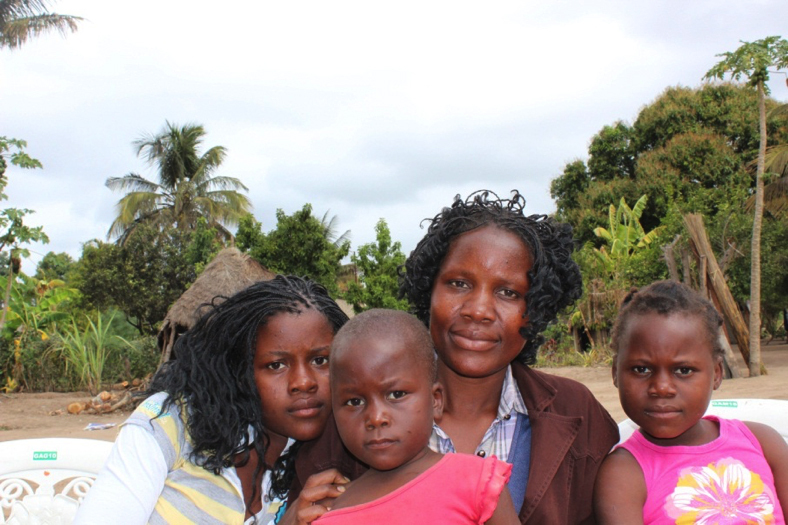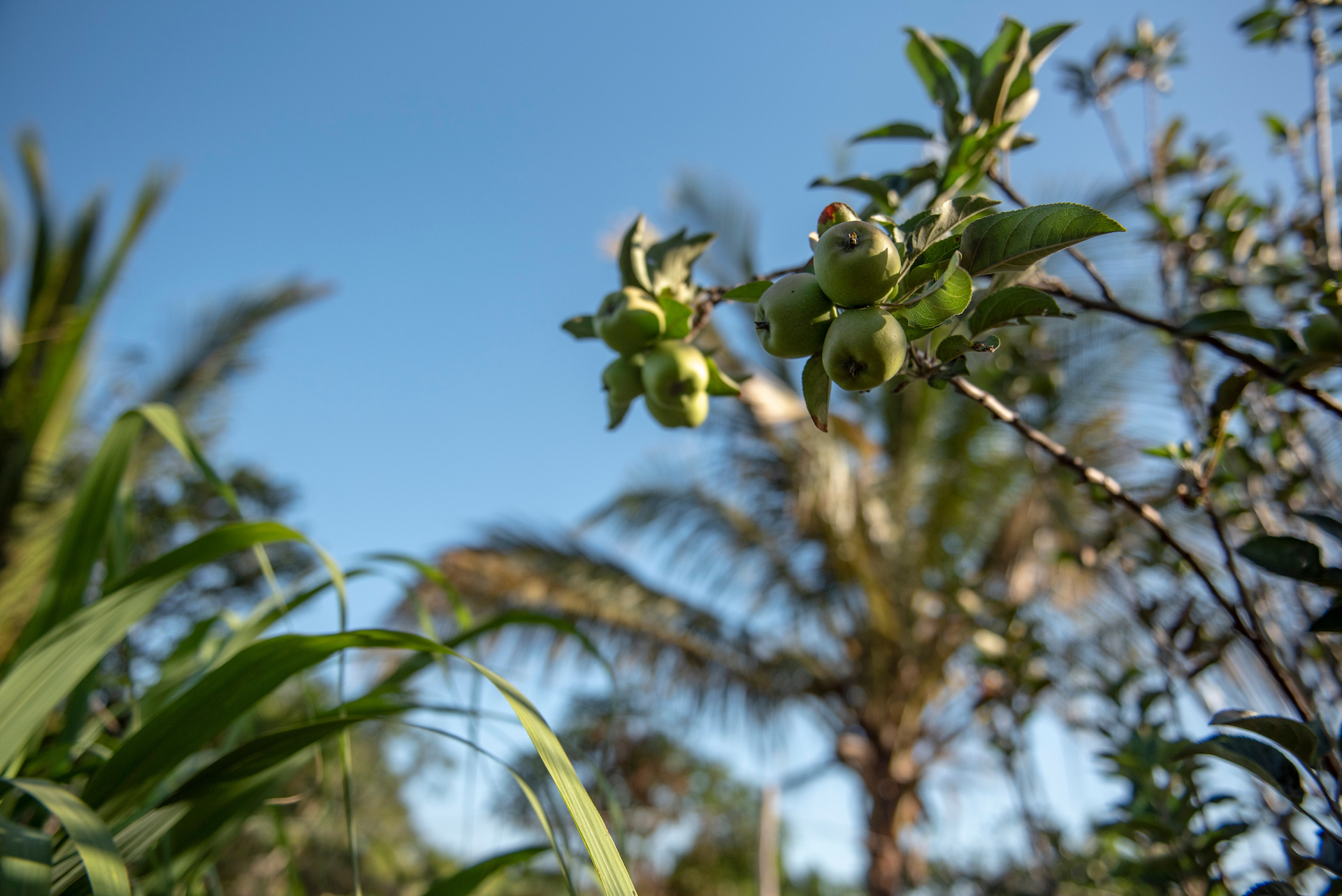"Today, it is possible to dream—when we [once] thought that life was over,” said Teresa Joaquim Mbalane, a 50-year-old mother of four living with HIV in Macia, Mozambique. “Now I try to pass my experience on to others.”
Mbalane was telling her life story to Holly Wong, the principal deputy assistant secretary for Global Affairs at the U.S. Department of Health and Human Services. Wong had come to Mozambique to see firsthand the activities of the Elizabeth Glaser Pediatric AIDS Foundation (EGPAF) to end AIDS in children. For more than a decade, EGPAF has expanded HIV treatment programs in Gaza Province, where Macia is located—through funding from the U.S. President’s Emergency Plan for AIDS Relief (PEPFAR) and the U.S. Centers for Disease Control and Prevention (CDC).
In Macia, a small town in southeast Mozambique, Sec. Wong and her staff were welcomed by District Director for Health Fanuel Baloi, who escorted them to the Bilene Macia Health Center. After touring the facility, Wong met with the HIV-positive members of five community adherence and support groups (GAACs), who discuss their challenges and successes in adhering to antiretovioral therapy (ART), the medicine that keeps them healthy.
EGPAF has established GAACs at health facilities throughout Gaza Province. In each GAAC, stable and adherent patients support each other. Using a rotation system, each month one GAAC member travels to the EGPAF-supported health facility to collect medicine for the other members. This system guarantees the retention of patients on treatment and shares travel costs and time spent at the health facility.
Speaking to Sec. Wong, Mbalane described the hardship she encountered 12 years ago when HIV treatment and community support was scarce. A subsistence farmer, Mbalane found herself constantly ill, making it impossible to work and difficult to feed herself or her children. When Mbalane was diagnosed with tuberculosis (TB)—one of the diseases frequently associated with HIV—she was referred for HIV counseling and testing and learned that she had been infected with HIV.
At that time, only four health facilities provided HIV treatment in Gaza Province—which is 47,000 square kilometers and has a population of 1.3 million. Teresa remembers that there was a long waiting list to receive HIV treatment. Once she made it to the top of the list, medical care remained difficult to access because Teresa lives 60 kilometers from the health unit in Xai Xai, the province capital. Barely able to move because of illness and financially strapped, Teresa had difficulty traveling for routine health consultations and medicine.
Fortunately, in 2004 the Elizabeth Glaser Pediatric AIDS Foundation (EGPAF) began supporting the Ministry of Health. Over the past decade, the health system in Gaza Province has been strengthened significantly, and access to antiretroviral therapy (ART) has greatly expanded. HIV care and treatment and prevention of mother-to-child transmission of HIV (PMTCT) is now available at 124 health facilities in Gaza, including at the Bilene Macia Health Center
Mbalane told Wong that she is a member of a GAAC called Wuassala, meaning “you are staying behind” in Changane, the local language. The name warns its member that those not complying with treatment will live a short life. Mbalane said that after more than a decade on HIV treatment, and with the support of her GAAC, she now feels healthy and strong.
In Macia, the value of partnership is demonstrated in the HIV programs supported by the Mozambique Ministry of Health, the U.S. government, and EGPAF. That same spirit is illustrated among members of the GAAC groups who make sure that everyone adheres to treatment.
Mbalane pays special attention to other mothers in her group. “No child should be born or die of a preventable and treatable disease,” she told Sec. Wong.




